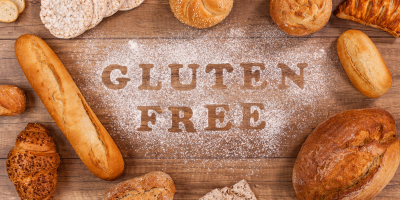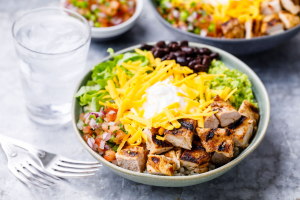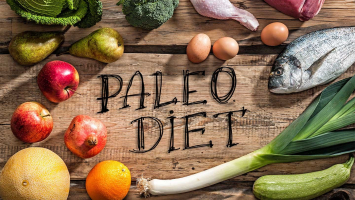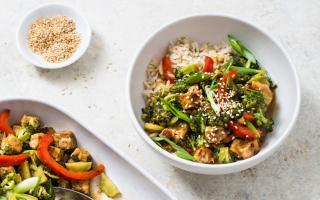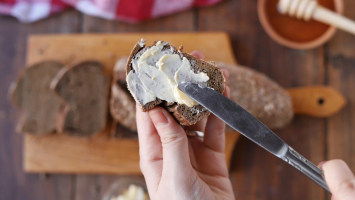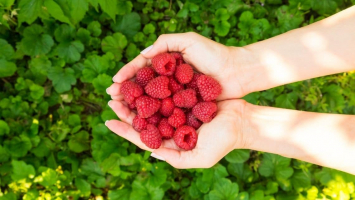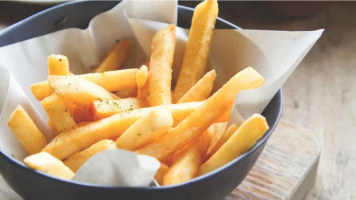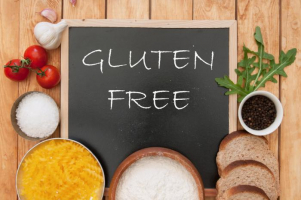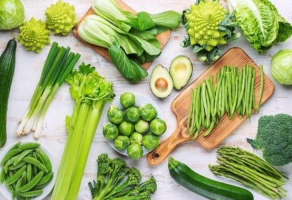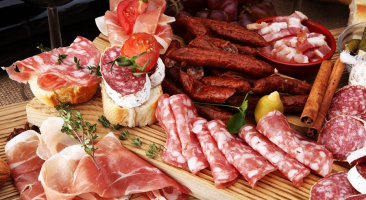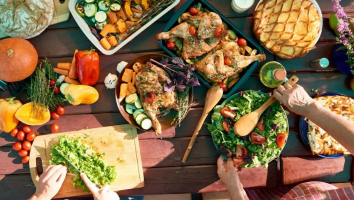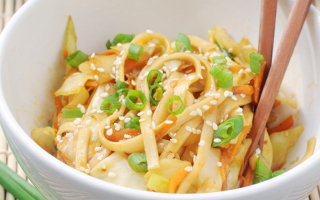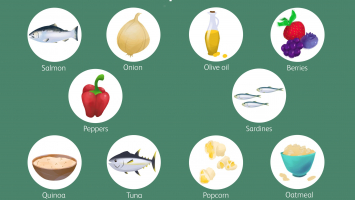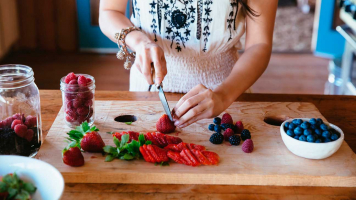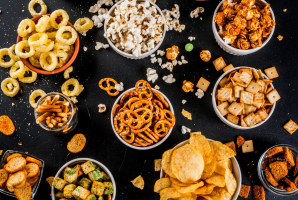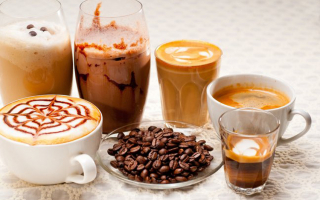Top 15 Foods to Avoid on a Low Carb Diet
You must restrict certain foods that are high in carbs and sugar when following a low-carb diet, such as sweetened beverages, cake, and candy. It's not always ... read more...simple to choose which staple foods to skip, though. In spite of their great nutritional value, some high-carb foods are still unsuitable for a low-carb diet. Here are some common foods that low-carb eaters should limit or stay away from.
-
A common food in many cultures is bread. It is available in a variety of forms, such as loaves, rolls, bagels, and flatbreads like tortillas. However, whether they are made from whole grains or refined flour, they are all high in carbohydrates. The majority of grain dishes, such as rice, wheat, and oats, are likewise high in carbs and should be avoided while following a low carbohydrate diet.
Here are the average carb counts for common types of bread, though they can vary depending on the ingredients and portion sizes:
- White bread (1 slice): 13 grams
- Whole wheat bread (1 slice): 14 grams
- Flour tortilla (large): 35 grams
- Bagel (regular): 55 grams
A sandwich, burrito, or bagel may get you close to or over your daily carb limit, depending on how much you can eat. As a result, you should buy or make low-carb versions if you still want to avoid certain foods.
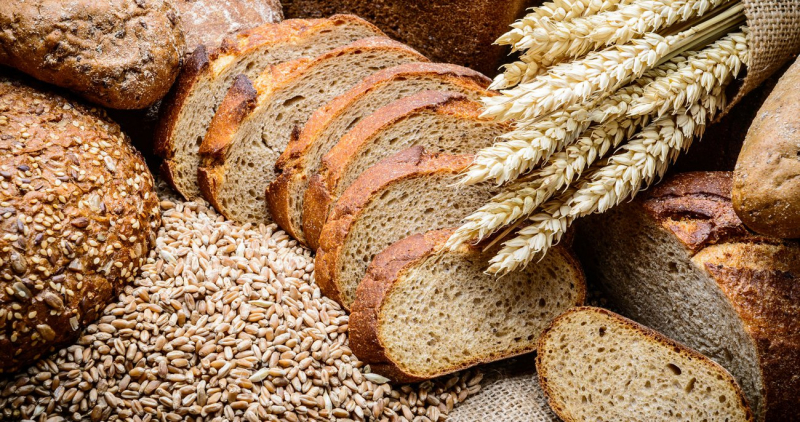
Bread and grains 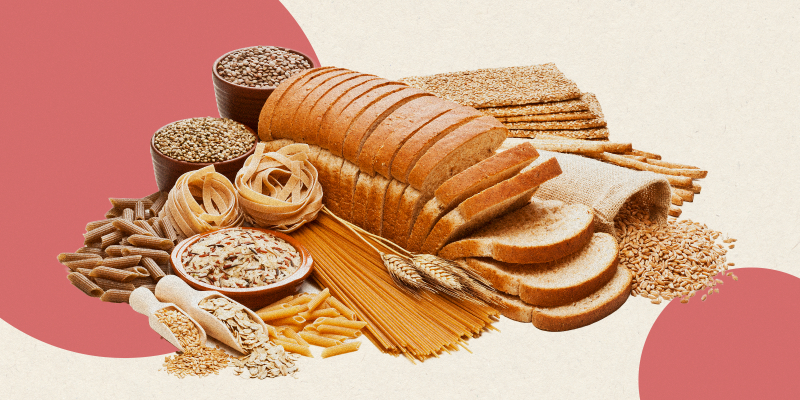
Bread and grains -
Consuming a lot of fruits and vegetables has long been associated with a lower risk of heart disease and cancer. However, because many fruits are high in carbohydrates, they are not recommended for low-carb diets.
So, it's advised to avoid some fruits, especially those that are sweet or dried, such as:
- Apple (1 small): 23 grams
- Banana (1 medium): 27 grams
- Raisins (1 ounce/28 grams): 23 grams
- Dates (2 large): 36 grams
- Mango, sliced (1 cup / 165 grams): 25 grams
Berries include more fiber and less sugar than other fruits. Berries are thus good for low-carb diets, though those who follow very low-carb eating regimes may want to limit their intake to 1/2 cup (50 grams) daily.
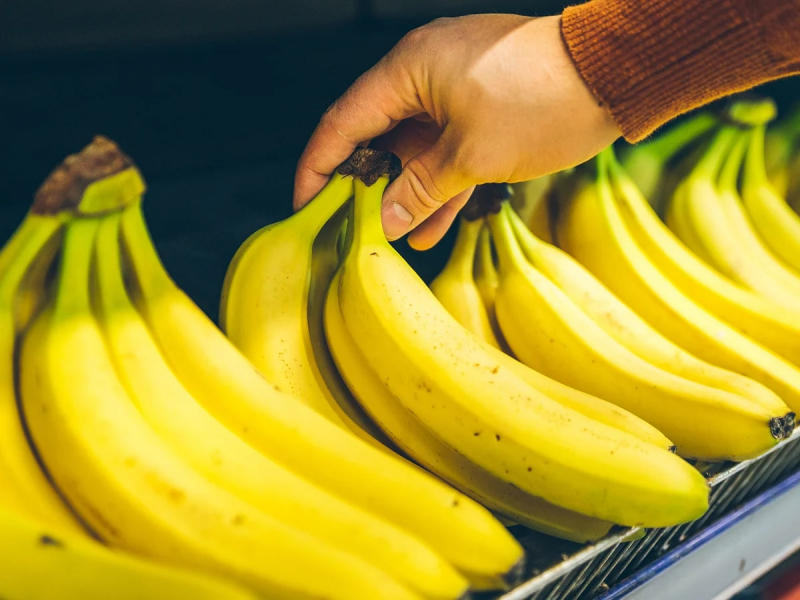
Some fruit 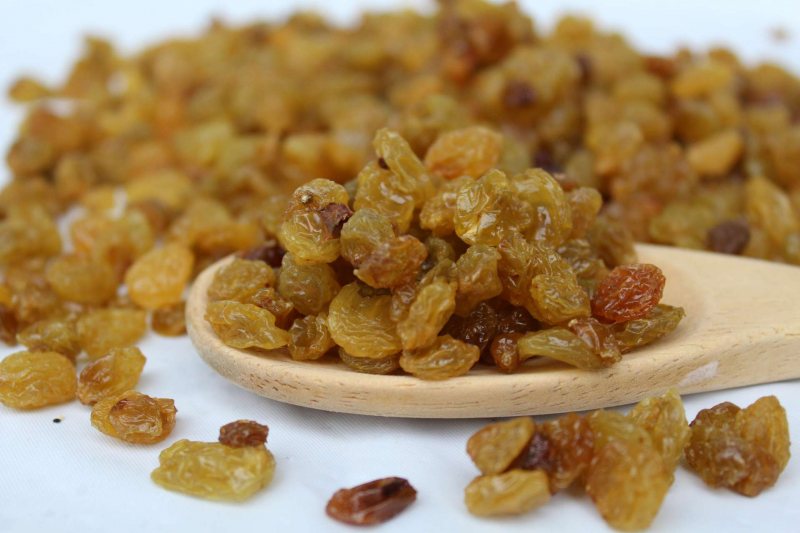
Some fruit -
Vegetables are typically allowed in excess on most diets. Additionally, a lot of vegetables are highly high in fiber, which may support blood sugar regulation and help with weight loss. Starchy vegetables are those with a relatively high amount of carbohydrate per unit weight. As a guide, vegetables with more than 5g of carbohydrate per 100g of weight can be considered starchy vegetables. On a low-carb diet, starchy vegetables should be limited or avoided because they can sometimes have more digestible carbs than fiber.
These consist of:
- Corn (1 cup/165 grams): 24 grams
- Potato (1 medium): 34 grams
- Sweet potato or yam (1 medium): 27 grams
- Beets, cooked (1 cup/170 grams): 17 grams
Notably, you may eat a variety of low-carb vegetables, such as bell peppers, asparagus, and mushrooms, while adhering to a low-carb diet.
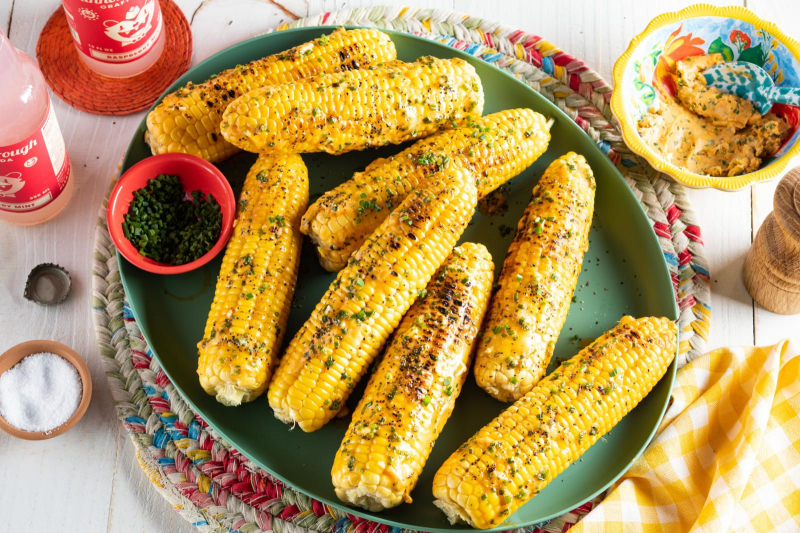
Starchy vegetables 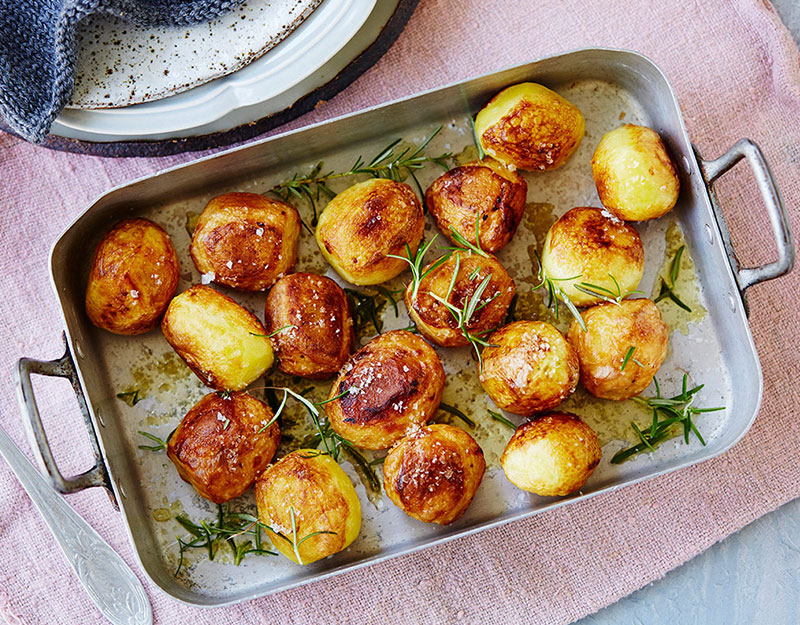
Starchy vegetables -
Despite being versatile and affordable, pasta is very high in carbohydrates. These days, the sources for what pasta is made out of come of all shapes: white rice, brown rice, quinoa, corn, lentils, soy, and the list goes on.
Spaghetti contains 46 grams of carbohydrates in just 1 cup (151 grams), compared to 45 grams in the same amount of whole wheat pasta. Pasta isn't recommended on a low-carb diet unless you eat a very little amount of it, which may not be realistic for most people. Thankfully, you don't have to stop eating your favorite pasta dishes; simply substitute low-carb pasta noodles for regular pasta in your favorite dishes. If you desire pasta but don't want to go over your carbohydrate limit, try making shirataki noodles or spiralized vegetables.
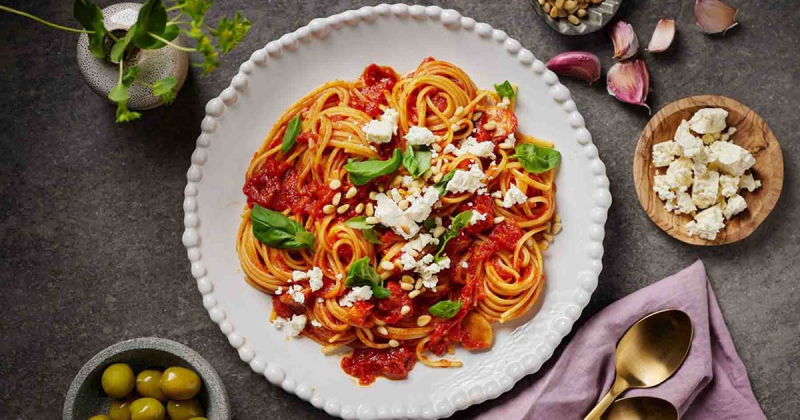
Pasta 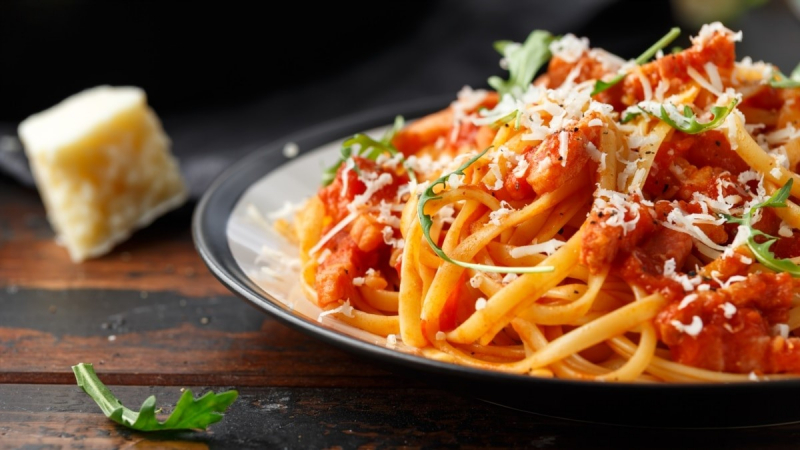
Pasta -
Sugary morning cereals are considered to be high in carbs. Even healthy cereals, meanwhile, might contain a lot of carbs.
For instance, there are 27 grams of carbs in 1 cup (234 grams) of cooked oatmeal.
Even less processed than other types of oatmeal, steel-cut oats are high in carbs, containing 28 grams per 1/4 cup (40 grams) dry serving. In addition, while 1 cup (111 grams) of grape nuts contains the same amount of calories as granola, it contains a whopping 93 grams of carbs. Even without adding milk, a bowl of cereal can quickly push you over your daily carb limit. Choose cereals that ideally don't include artificial sweeteners or other additives. To help you feel fuller for longer, it's a good idea to choose a product that is high in protein and fiber.
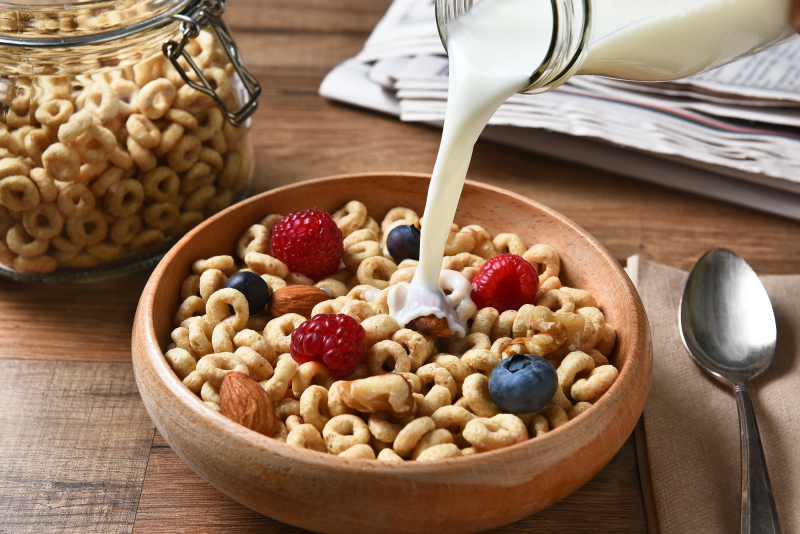
Cereal 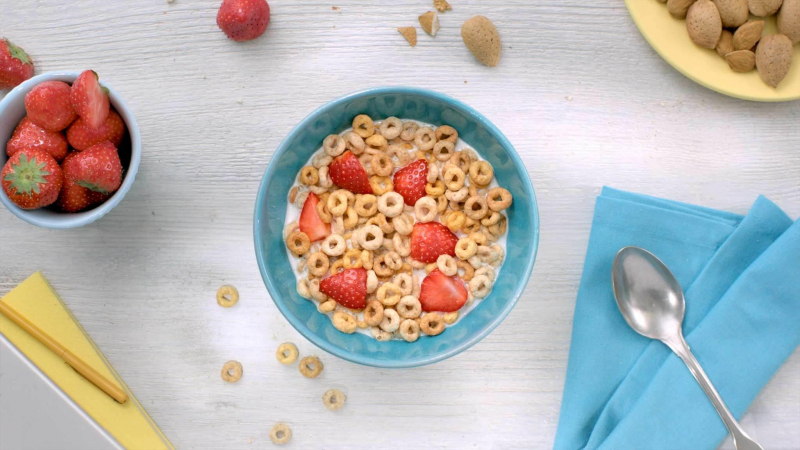
Cereal -
Numerous alcohol types are high in carbohydrates, with some of them having more per serving than soft drinks, desserts, and sweets combined. For instance, because starch is one of its main ingredients, beer often has a high carbohydrate content.
Depending on a number of factors, such as whether it is a light or regular variety, it typically includes 3-12 grams of carbohydrates per 12-ounce (355-ml) serving. Furthermore, alcohol is high in empty calories, meaning that it contains many calories without vitamins, minerals and other essential nutrients that your body needs. On a low carbohydrate diet, you can consume alcohol in moderation. In fact, hard liquors like rum have no carbs and dry wine has very little.
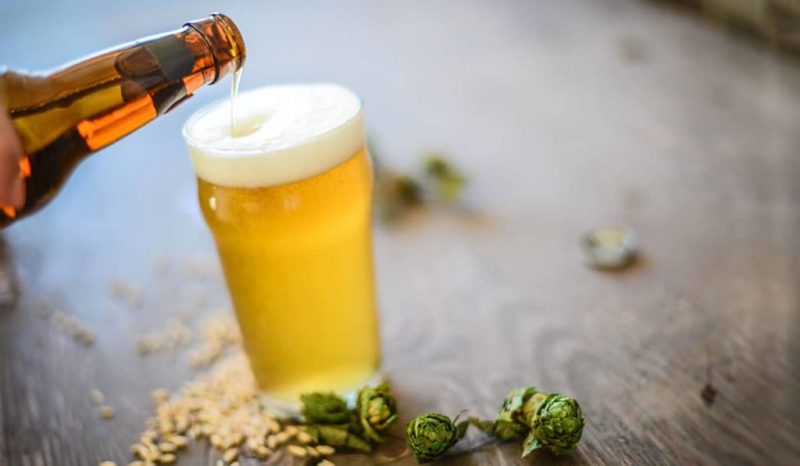
Beer 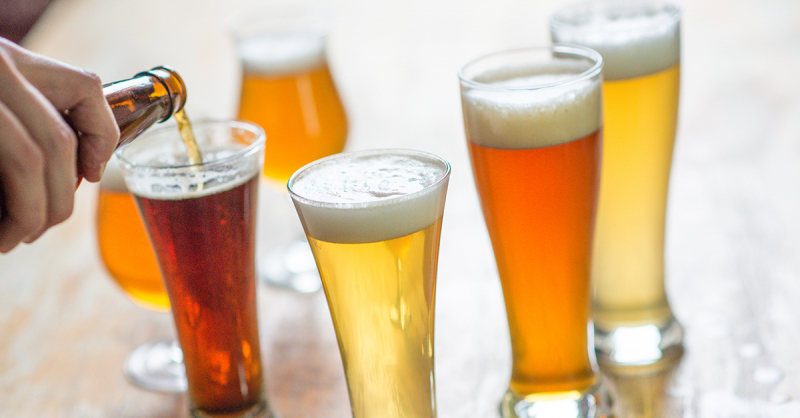
Beer -
If you're trying to eat a balanced diet, yogurt can be a quick and nourishing snack (or even a meal). However, if you are watching your carb intake, the number of carbohydrates in different yogurt types can vary greatly.
Even though fruit-flavored, sweetened yogurt has a higher carb content than plain yogurt, many people still choose to eat it because it is relatively low in carbohydrates. Nonfat-sweetened fruit yogurt has up to 47 grams of carbs per cup (245 grams), which is significantly more than an equal serving of ice cream. It is preferable to choose plain, unsweetened yogurt whenever possible and top it with your favorite low-carb toppings. To keep the net carbs under 10 grams, for instance, combine 1/2 cup (123 grams) of plain Greek yogurt with 1/2 cup (50 grams) of raspberries.
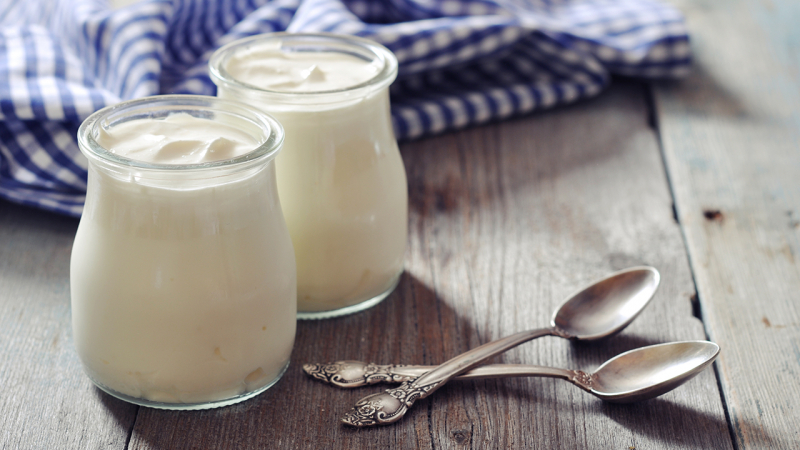
Sweetened yogurt 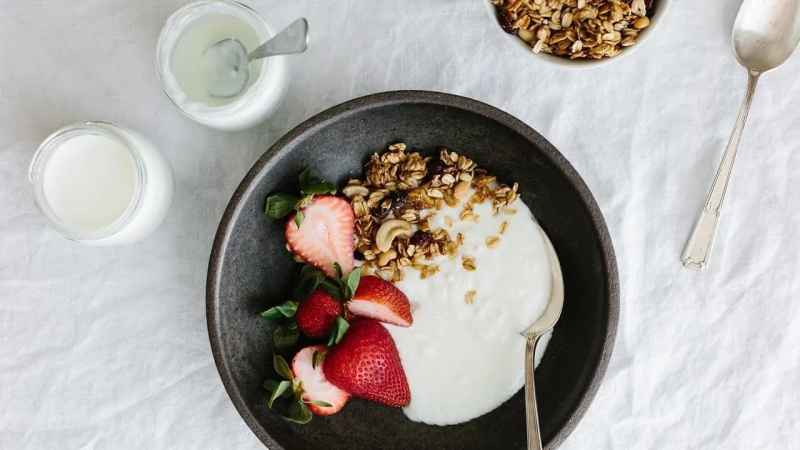
Sweetened yogurt -
Juice is high in carbohydrates and low in fiber, which can make it difficult to include in a low-carb diet even though it provides some important vitamins and minerals.
Fruit juice and smoothies are very high in carbohydrates and have a similar level of sugar as cola or lemonade, so really are best avoided. For instance, 42 grams of carbohydrates are included in 12 ounces (355 mL) of apple juice. This is even greater than the 39 grams in the same serving of soda. Grape juice, on the other hand, has an impressive 55 grams in the same serving size. Vegetable juice has fewer carbohydrates than fruit juice, but even so, a 12-ounce (355 mL) glass still provides 23 grams of carbohydrates, only 4 of which are from fiber. So, if you're on a low-carb diet, you might want to limit your juice intake.
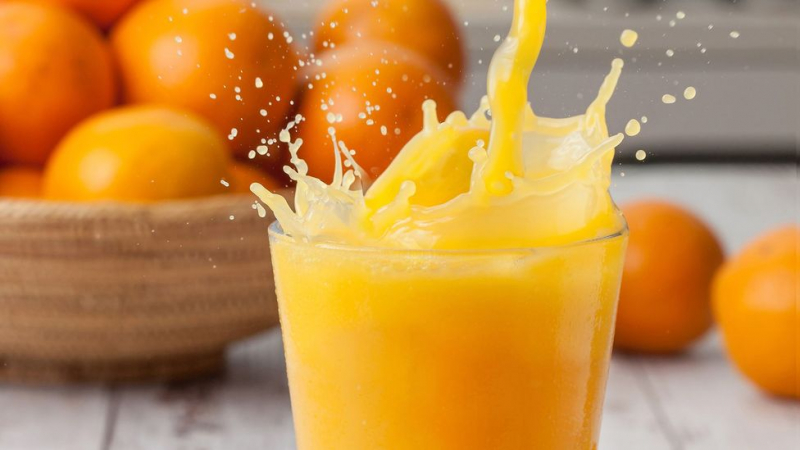
Juice 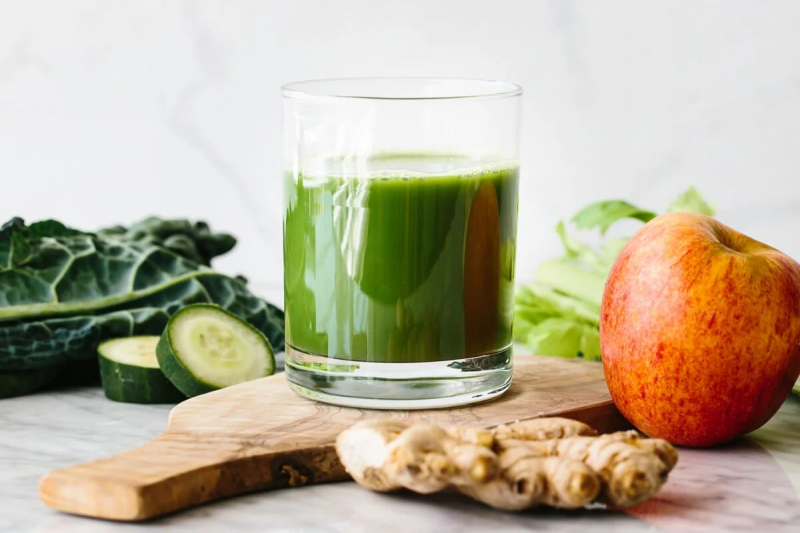
Juice -
A low-carb diet allows you to have a wide variety of salads. Adding a tasty salad dressing to a salad can be helpful. Commercial dressings, particularly low-fat and fat-free varieties, can end up having more carbohydrates than you might anticipate.
For instance, although an equal amount of fat-free ranch dressing contains 7 grams of carbohydrates, 2 tablespoons (30 mL) of fat-free French dressing has 10 grams. More than 2 tablespoons (30 mL) are frequently used, especially when making a large entrée salad. Dress your salad with a creamy, full-fat dressing to reduce carbs. Making your own homemade vinaigrette with a splash of vinegar and olive oil is preferable because it has been linked to better heart health and may help you maintain a healthy weight.
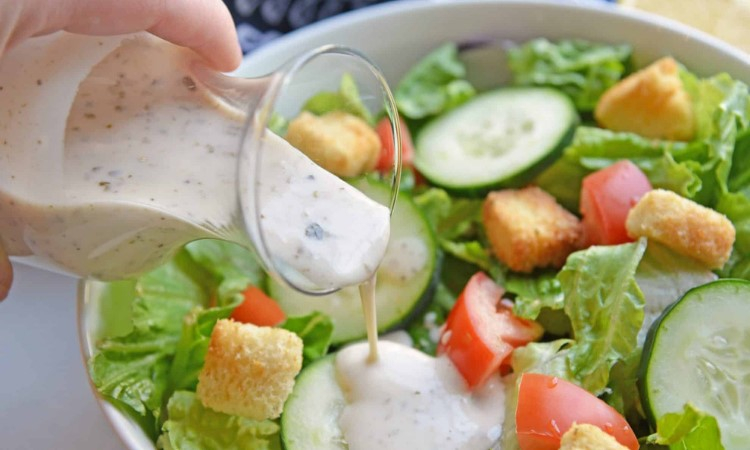
Low fat and fat-free salad dressings 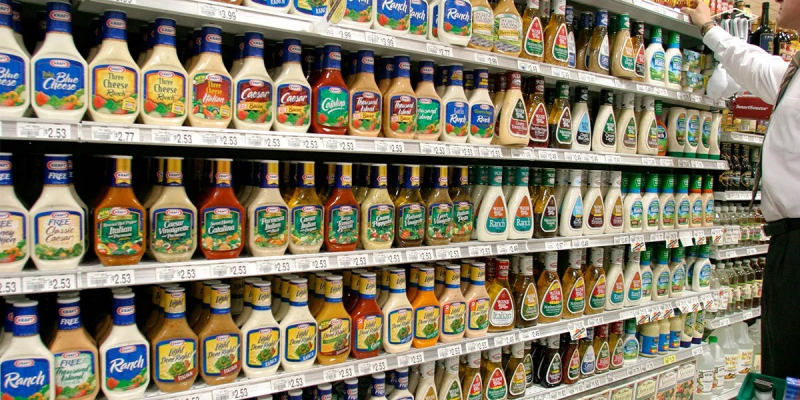
Low fat and fat-free salad dressings -
Numerous health benefits of beans and legumes include lowered risk of heart disease and inflammation. Despite having a lot of carbohydrates, they also have a significant amount of fiber. They contain good amounts of soluble fiber, carbohydrates, protein, folate, and iron, and due to their macronutrient content, many people believe that beans should have a place in anyone's diet. But you might be able to include small amounts on a low-carb diet, depending on your own tolerance and daily carbohydrate limit.
The number of carbs in 1 cup (160–200 grams) of cooked beans and legumes is listed below:
- Lentils: 39 grams (23 grams net)
- Peas: 25 grams (16 grams net)
- Black beans: 41 grams (26 grams net)
- Pinto beans: 45 grams (30 grams net)
- Chickpeas: 45 grams (32 grams net)
- Kidney beans: 40 grams (27 grams net)
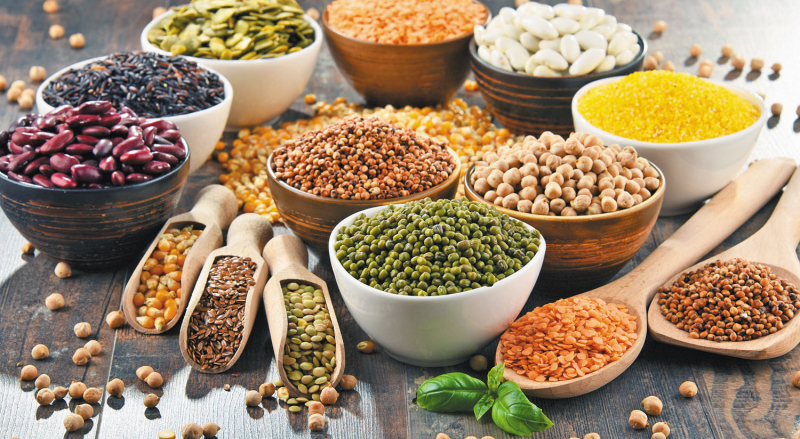
Beans and legumes 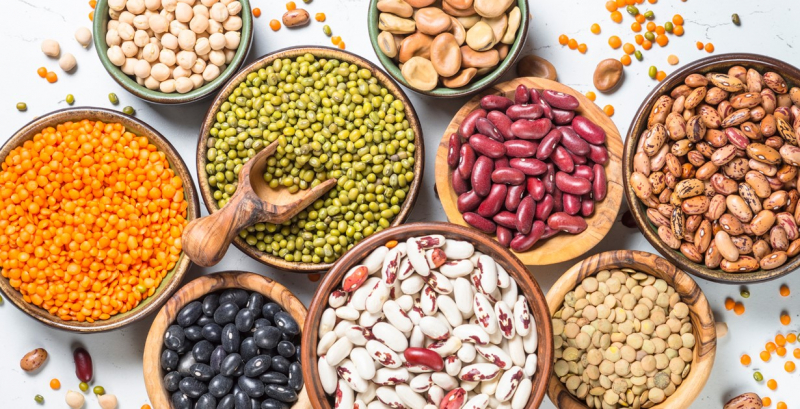
Beans and legumes -
You're probably well aware of the fact that if you're following a low-carb diet, you should limit your intake of foods high in sugar like cookies, candy, and cake. You might not be aware, though, that natural sugars have the same amount of carbohydrates as white sugar. In fact, when calculated in tablespoons, many of them have considerably more carbohydrates.
The carbohydrate counts for 1 tablespoon (13–21 grams) of various sugars are listed below:
- White sugar: 13 grams
- Maple syrup: 13 grams
- Agave nectar: 16 grams
- Honey: 17 grams
Additionally, there is little to no nutritional value in these sweeteners. Selecting healthy, high-fiber carb sources is crucial when you're trying to reduce your carb intake. Choose a low-carb sweetener, such as stevia or monk fruit, to sweeten foods or beverages instead of including additional carbs.
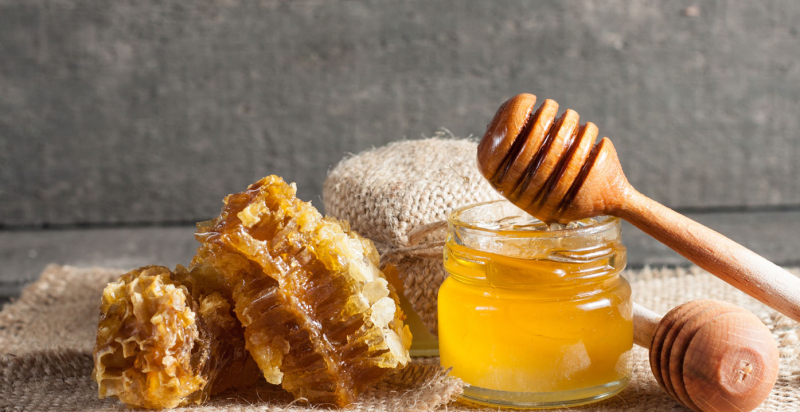
Honey or sugar in any form 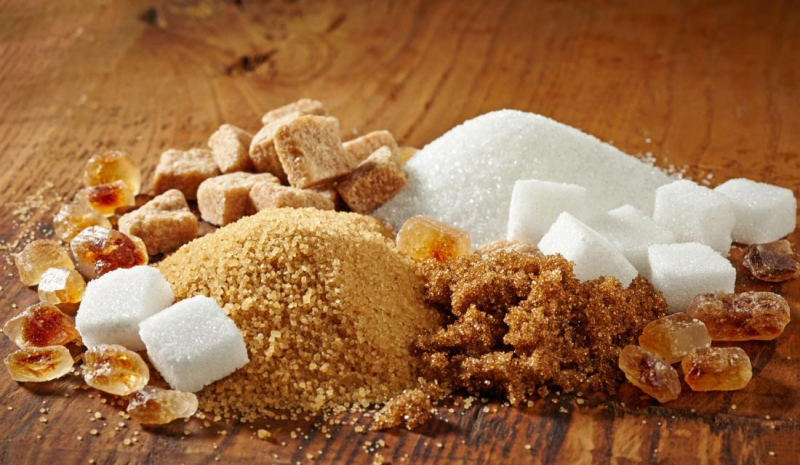
Honey or sugar in any form -
Although they are common snack foods, chips and crackers have a high carbohydrate content. Snack snacks like chips are likely already known to be high in fat and calories. Potato starch, potato flour, cornstarch, and other flavoring ingredients are typically used to make snacks.
There are 19 grams of carbohydrates in just 1 ounce (28 grams) or 10-15 standard-sized tortilla chips. If you're on a low-carb diet, you should limit processed snack foods like crackers and chips. You can try making your own veggie chips at home or shopping for keto-friendly alternatives, which are typically made from ingredients like almond flour, wheat bran, or flaxseed. Crackers vary in carb content depending on processing, but even whole wheat crackers pack about 20 grams per ounce (28 grams).
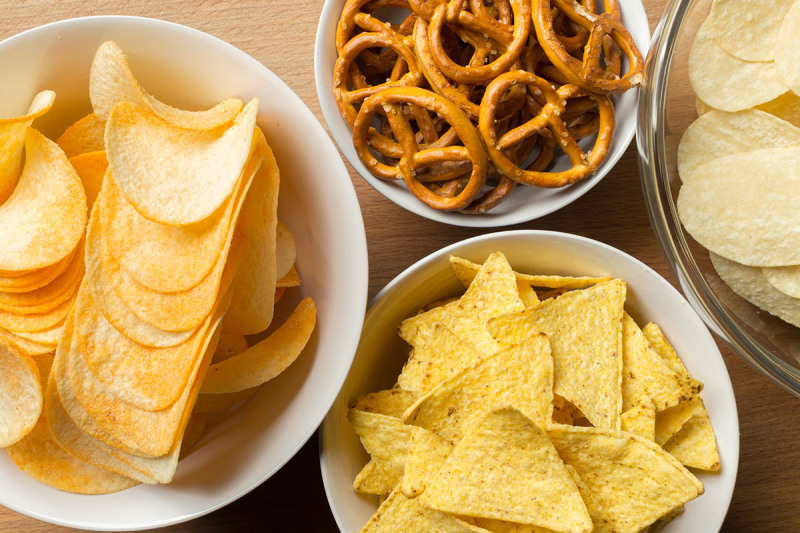
Chips and crackers 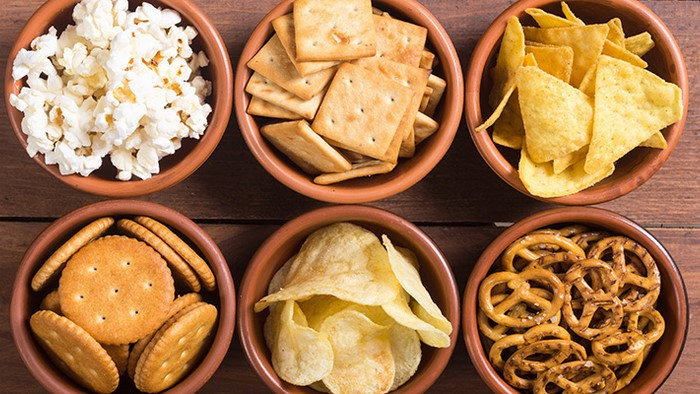
Chips and crackers -
Calcium, potassium, and a number of B vitamins are all present in milk, which is a great source of these nutrients. But it also has a lot of carbohydrates.
In fact, whole milk has 12–13 grams of carbohydrates per 8 ounces (240 mL), which is comparable to low-fat and skim varieties. Some of the higher carb milks that should be avoided on low-carb include cow’s milk, oat milk, rice milk, condensed milk, and goat’s milk. You might be able to incorporate a small amount of milk into your low-carb diet if you only drink 1-2 teaspoons (15–30 mL) of coffee per day. If you drink coffee frequently, though, cream or half-and-half would be preferable as they have fewer carbohydrates. If you like to drink milk alone or add it to smoothies or lattes, think about switching to unsweetened almond or coconut milk.
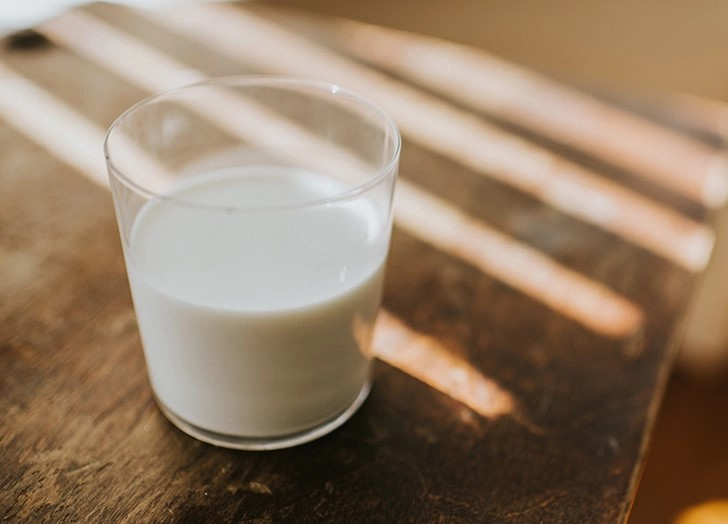
Milk 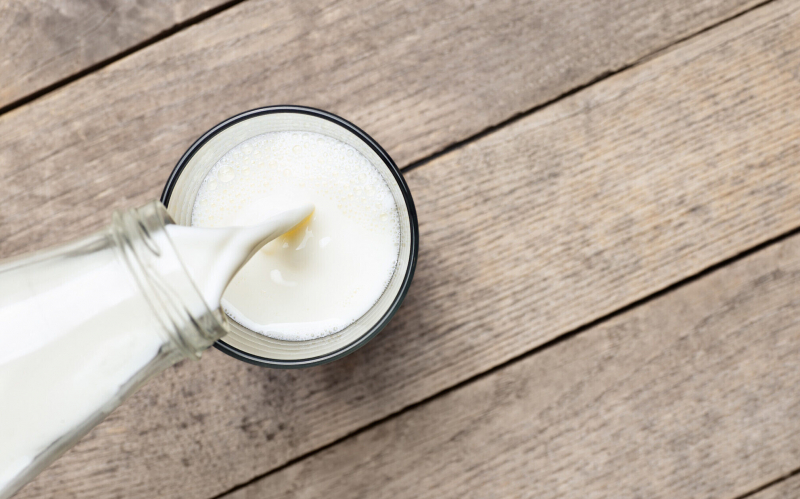
Milk -
A family of proteins known as gluten is present in wheat, barley, and rye. Gluten must be avoided by some people to control gastrointestinal symptoms and prevent intestinal damage, such as those with celiac disease or other gluten-related disorders.
However, bread, muffins, and other baked foods made without gluten are typically high in carbohydrates. In fact, they frequently have more carbohydrates than their gluten-free counterparts. Additionally, the carbohydrates and grains needed to make the flour used to make these foods often have a tendency to quickly spike blood sugar. If you're limiting your carb consumption, stick to whole foods or prepare your own low-carb baked goods using almond or coconut flour instead of eating manufactured gluten-free foods.

Gluten-free baked goods 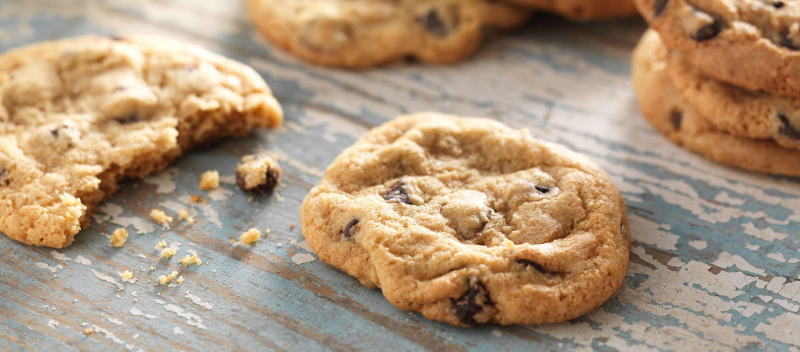
Gluten-free baked goods -
Candy is delightful and delicious. Unfortunately, it lacks nutrition and is loaded with sugar. Candy has empty calories or calories with little to no nutritious value.
The majority of the calories and carbohydrates in a hard candy come from sugar. Hard candies may seem harmless, but they can quickly add a lot of carbohydrates and calories to your diet. You can treat yourself to a hard candy every now and then if you're trying to reduce your intake of carbohydrates, just don't eat the entire bowl. Many of the higher calorie candies include a large amount of sugar, but also more fat (and often a little protein). These include chocolate bars and other candy made with chocolate. Chocolate bars, hard candy, milk chocolate, cotton candy and all others made with sugar should be avoided.
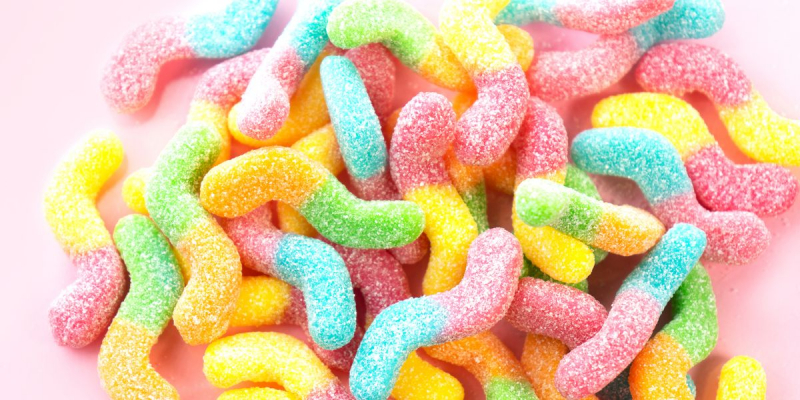
Candy 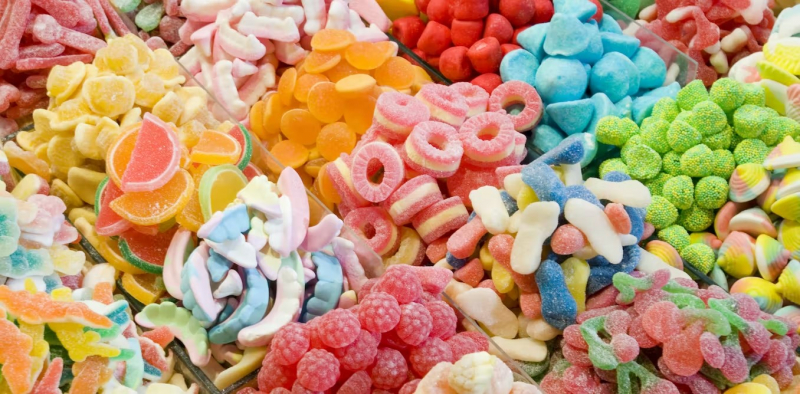
Candy

















